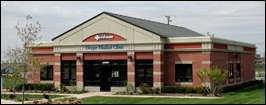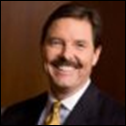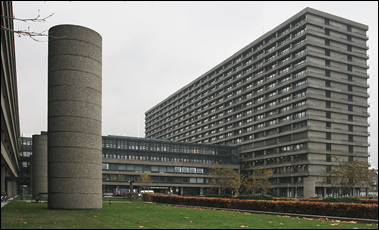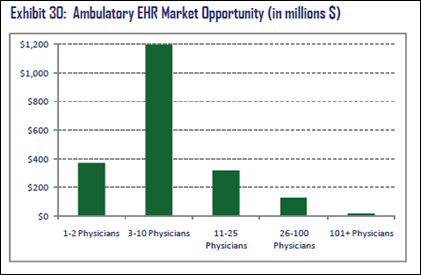Intelligent Healthcare Information Integration 3/20/10
EMR: Smaller Office, Longer Road
What’s the absolutely, positively worst thing about converting to an electronic medical record? A few guesses:
- Workflow disruption, redesign, and the general suckiness of changing all you know?
- Template building and its inherent drudgery?
- Loss of income from the reduction of patients seen as you relearn all your tasks?
Nope, nope, and nope.
The absolutely most dreadful part of adopting an EMR or EHR, even if it is a great one with tons of bells and whistles (and, perhaps, more so if it has tons of bells and whistles) is the ever-present knowledge that you aren’t even scratching the surface of this high tech tool’s multiplicitous talents.
Sure, I hate all that other yucky stuff mentioned above. Change is hard, templates and vast amounts of “clicky-clicks” aren’t fun, and, especially as one of medicine’s bottom feeders, income-wise, any pediatrician will tell you there just isn’t much room to tolerate revenue reduction.
Despite the gazillion and one well-documented difficulties with EMR adoption and despite the many, many times I’ve almost yanked the server up from its alternating current roots and sent it flying from one of our second story windows, I continue to be amazed, almost daily, by the tremendous tools I now have within my digital arsenal. But, therein you’ll find the source of my digital dismay.
In a small office (now with two, count ‘em, two, docs and six full or part-time staff) with no IT department (except me) and no education/training division, by far and away the most difficult part of transitioning to an EMR has been, and continues to be, finding the time to learn all about the tricks behind the tools we now possess.
It is sooooooo frustrating knowing we have the abilities to do so much more with what we have. I know we’ll eventually get around to many, hopefully most, of them. But, after a long day deciding how to keep asthmatic kids breathing in smoke-filled homes, deciphering the cryptic histories we often receive, deducing which weird rash we now face, and defending against the latest delay tactic of (fill in the blank) insurance company in preventing payments for services rendered, it’s really, really hard to justify more time away from home and hearth to decode another piece of our enormous EMR puzzle.
Yes, the training manuals are available online, and yes, my support peeps are really good and really friendly, but I want to be able to do this stuff NOW and my daggone limited brain and that stupid only-24-hours-in-a-day limitation are putting up roadblocks to my EHR happiness! (Delayed gratification, be damned!)
Alright, reality bites and I know we’ll get to all that good stuff just percolating away on my servers, waiting for our impending moments of discovery. I just wish my resources — time, brains, personnel — weren’t so “small office confined.” I suppose this is just one of the prices I pay trying to bring big city medicine to my small town and our small practice. Being a small business has its perks, but it sure has its pains, too.
From the (frustrating) trenches…
“Those are my principles, and if you don’t like them… well, I have others.” – Groucho Marx

Dr. Gregg Alexander, a grunt in the trenches pediatrician, directs the “Pediatric Office of the Future” exhibit for the American Academy of Pediatrics and is a member of the Professional Advisory Council for ModernMedicine.com. More of his blather…er, writings…can be found at his blog, practice web site or directly from doc@madisonpediatric.com.










The article about Pediatric Associates in CA has a nugget with a potentially outsized impact: the implication that VFC vaccines…